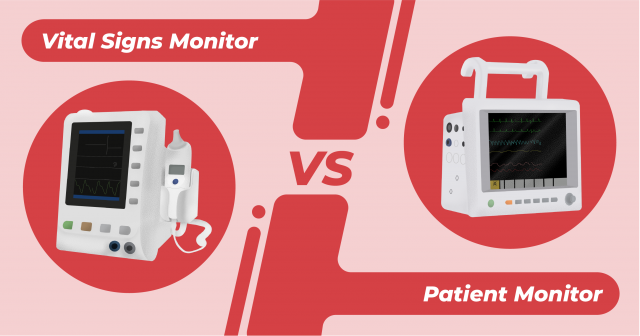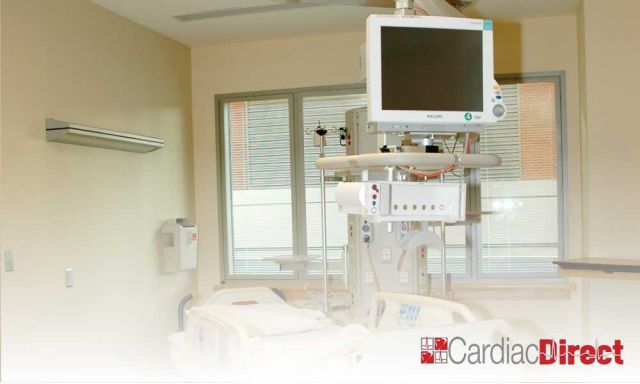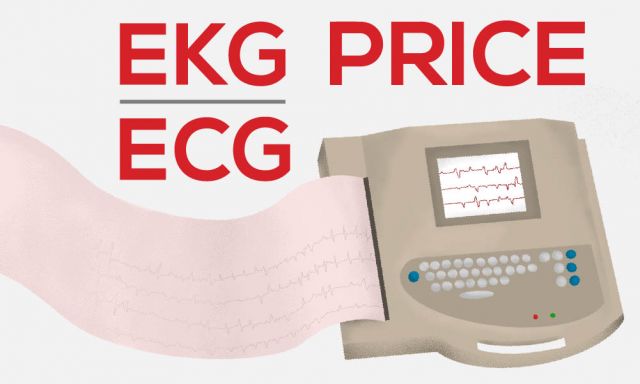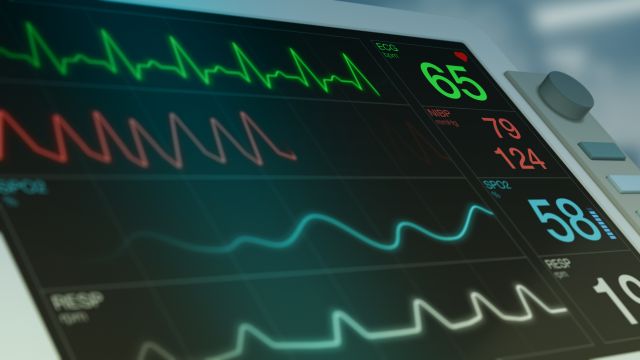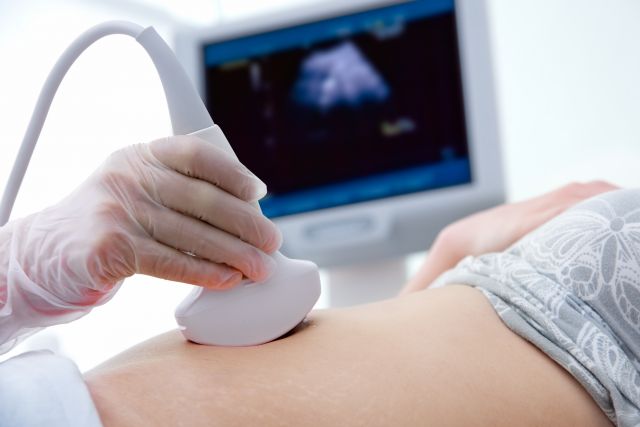How Much does a Spirometer Cost in 2021?

When purchasing a spirometer, you will want a device that is both cost-effective and reliable. There are a variety of reasons why you might want to purchase a new machine.
- Are you expanding your practice?
- Do you want to consider a different style?
- What features are necessary when considering which model to buy?
- How much does the average machine cost?
These are all important questions to take into consideration when deciding which new device you should invest in. However, the first step in purchasing a new spirometer is to understand exactly what kind of machine will best suit your needs. There are many different brands that sell spirometers, a variety of features, styles, and varying reimbursement rates that can all change the price of the device.
What is Spirometry?
Spirometry is a common test for accessing the air capacity of the lungs. A spirometer is able to measure three things:
- amount of air that you inhale
- how much air you exhale
- the speed that you exhale the air from your lungs
Additionally, spirometry can diagnose a variety of conditions, such as asthma and Chronic Obstructive Pulmonary Disease.
Prices in 2021
The average price of a spirometer could range from $900-$3000. However, there is a large variation in price depending on which type of spirometer you choose to buy. Whether it’s a handheld, PC-based, or tabletop spirometer, the price will fluctuate.
Handheld spirometers are extremely user-friendly and are useful in general practice or homecare situations. On the other hand, tabletop spirometers are generally used in clinics and hospitals. The first step in purchasing a spirometer is to decide which style works best for you and your needs.
Handheld spirometers could be as inexpensive as $175. With less expensive spirometers, you will only be able to run the most basic tests — FEV1, FEV1%, and Lung Age. The more tests you elect to add, the more expensive the spirometer will get.
A handheld spirometer costing about $600 will measure FEV1, FVC, PEF, and FEV1%. Less expensive spirometers may also be more difficult to operate due to their small displays and buttons which may make data entry and generation laborious.
The more you are willing to pay for your spirometer, the more features it will have and the more efficient it will be.
Spirometers over $1500 will begin to include built-in printers, the option to plug into your computer for data transfer, a full volume loop, and Wi-fi/Bluetooth connectivity. Tabletop spirometers will be more expensive than handheld spirometers because many of them have the ability to perform the full range of tests.
There are many different factors that affect the price of spirometers such as the brand, style, features, and reimbursement rates.
What factors affect the price?
Brand:
Most products, no matter what industry they are in, are affected by brand name and the medical industry is no different. It is important to recognize that the brand of the spirometer is going to have a drastic effect on its price. Welch Allyn, for example, is a notable brand name.
Although its spirometers have the same features as an NDD or MIR spirometer, they can be hundreds of dollars more expensive, solely because you’re paying for the Welch Allyn brand name. It is important to understand this and research your options so that you aren’t overpaying for your machine.
Style:
Spirometers range from PC-based to handheld and it is important to understand which style of spirometer will best suit your needs.
Handheld spirometers can be somewhat limited because all of their functions must be built into a smaller device. The main benefit of a handheld spirometer is that they are more portable. Depending on the type of handheld spirometer, they can be more expensive than some PC-based machines because everything is built-in.
One benefit of a PC-based spirometer is that it supports multiple options, so you can run a PC-based EKG machine at the same time. In addition, the PC-based spirometer prints with a regular printer, so there is no need for a thermal printer.
The most expensive type of spirometer is a tabletop spirometer which has all of its functions built-in and does not rely on any other machines. This might be the best option for a spirometer if you are looking for an all-in-one machine that can perform many functions and if portability is not an issue for you.
A tabletop spirometer will likely include more features than other spirometers. These can include a built-in printer, Wi-Fi capabilities, more storage space, a preview screen, touch screen LCDs, pediatric incentives, and EMR integration options. CardioTech’s spirometer is tabletop based so you don’t run the risk of the patient accidentally dropping and ruining the device.
Features:
There are many different features that can be included in a spirometer. The inclusion of more features will increase the price, so it is important to understand which elements will be necessary for your needs.
An important feature to take into consideration when purchasing a spirometer is if it requires calibration or not. Some spirometers, like those by Welch Allyn, require calibration. This requires the user to purchase a contract for the machine to be calibrated periodically after purchase. Other spirometers, like those by MIR, contain precalibrated mouthpieces. In this situation, the user doesn’t need to purchase a work contract for future calibration and can save money in the long run.
Another important feature to consider is disposable vs. reusable accessories. Spirometers with disposable accessories, such as mouthpieces, will be less expensive upfront. However, they will cost you more money in the long run once you need to buy replacement mouthpieces. On the other hand, spirometers with reusable accessories will be a more significant investment upfront, but will not require you to purchase replacement accessories in the future.
Exporting the data your spirometer gathers easily is something that is necessary to consider when planning to invest in a spirometer. One feature that allows for this is a built-in printer. Machines with a built-in printer will be more expensive, but allow for instant printing and analyzing of data. Wi-Fi and Bluetooth connectivity are other features that will aid in the export of data. While these features will also increase the price of your spirometer, they allow for the easy export of the data and should be considered when purchasing a new spirometer.
Reimbursement Rates:
The more features a spirometer contains, the more tests it has the ability to run. The more tests a spirometer can run, the more government reimbursements it will receive. In addition, each spirometer has different CPT codes allowing medical professionals to document the different tests they run on patients. Certain CPT codes mean more reimbursements from the government. For example, the flow-volume loop will give a large reimbursement. Meaning, if the spirometer you purchase has FVL, you will receive more money back for running tests with the machine.
If you still have questions about how healthcare reimbursements work, check out our other article.
Summary
Overall, there are many different factors that affect the price of a spirometer. The ones we focused on in this article were brand, style, features, and reimbursement rates. Researching is important to know how much a spirometer costs before deciding on one to purchase.





